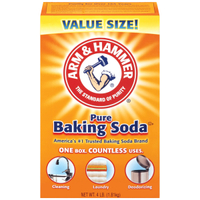You should be cleaning your faucets, plumbers warn – or you run the risk of getting sick
A commonly forgotten cleaning spot, our faucets need more frequent attention than we thought
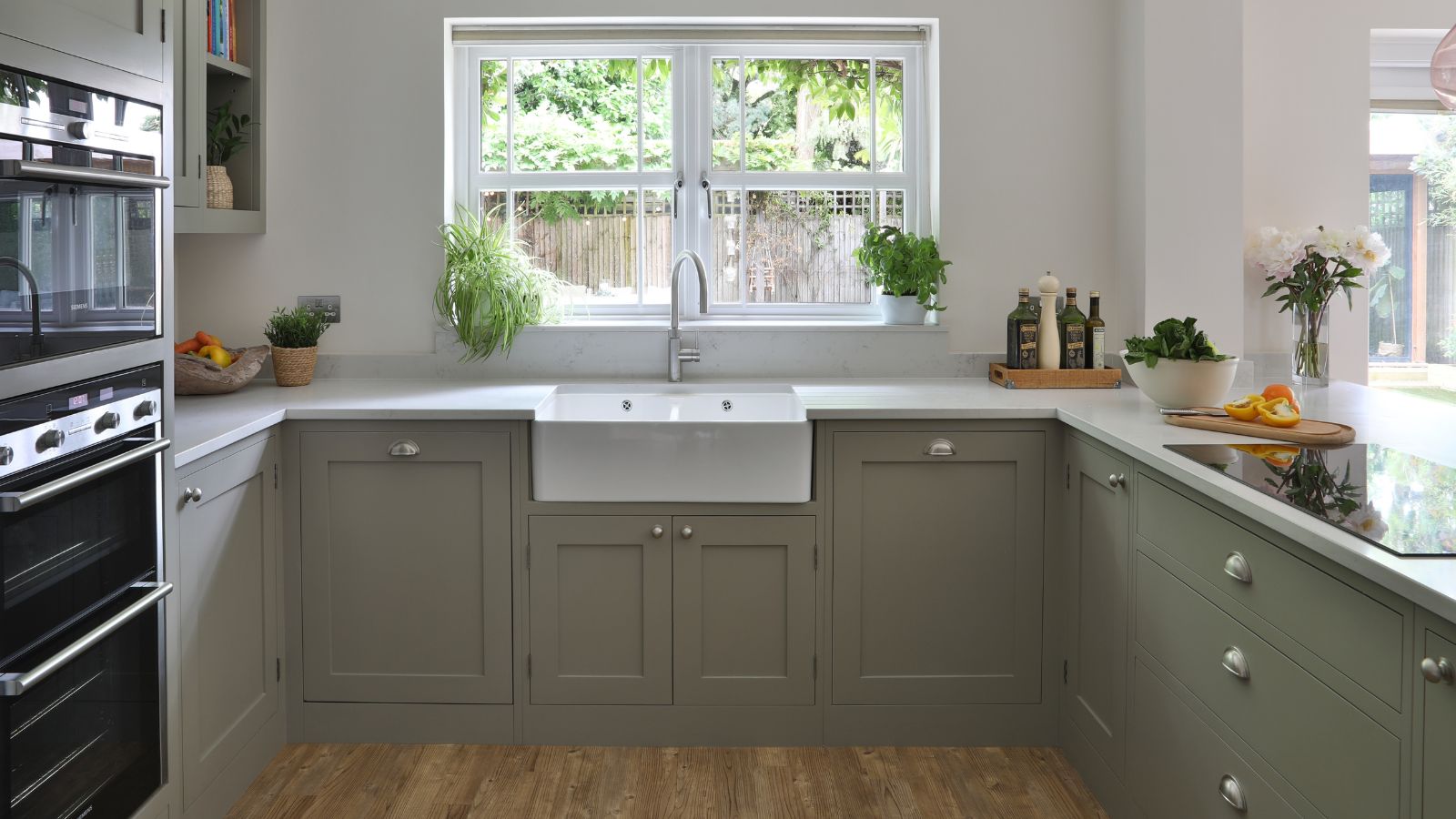

As we go about our daily lives we often take having clean drinking water at the turn of a tap for granted. But is it really as clean as we think? Here, we explore how to clean sink faucet head.
If you are not in the habit of deep cleaning your faucets when you clean kitchen sinks, then it might not be the refreshing sip you think it is. It could even be making you ill and your home dirtier, plumbers and microbiologists are warning.
From microorganisms to rust and limescale, this is why you need to clean your drinking water faucets, what happens when you forget, and how you can keep your home and family healthy with a few simple cleaning tips.
Why you need to clean your drinking water faucets
Cleaning your faucets when you’re cleaning a kitchen is just one of many ways you can improve your target hygiene in your home, focusing on common germ hotspots to enhance your household health. Although the water coming into our homes is safe and clean, having been processed at treatment plants before being transported to your home, your faucet itself can gather all kinds of grim that then contaminate the water as you fill up a glass, Ethan Bennet, senior technical supervisor at Sander & Johnson Heating and Cooling.
‘It’s important to clean water drinking taps occasionally to ensure clean water. By being channeled through pipes and fixtures, water can accumulate contaminants such as mold, limescale, bacteria, and corrosion. The aerator traps contaminants, and if the aerator is not cleaned for a long period, they can leach into the water you drink. If you have hard water with contaminants like calcium and magnesium, the aerator can accumulate mineral deposits, which pose no harm themselves but can attract bacteria like Legionella or Pseudomonas aeruginosa, which are a health hazard.'

If you live in a humid area or a spot with hard water, these issues are only exasperated, adds Paranv Taneja, project manager at John the Plumber:
‘Moisture-rich environments around faucets can foster mold growth, leading to potential health hazards and unpleasant odors while hard water contains minerals like calcium and magnesium that can precipitate and form limescale deposits. These deposits affect water flow and alter the taste and appearance of your drinking water.
‘Faucets, especially those with intricate designs or hidden crevices, can harbor bacteria. These bacteria can multiply without regular cleaning and pose health risks when they contaminate the water.’
What happens if you don’t clean your faucets
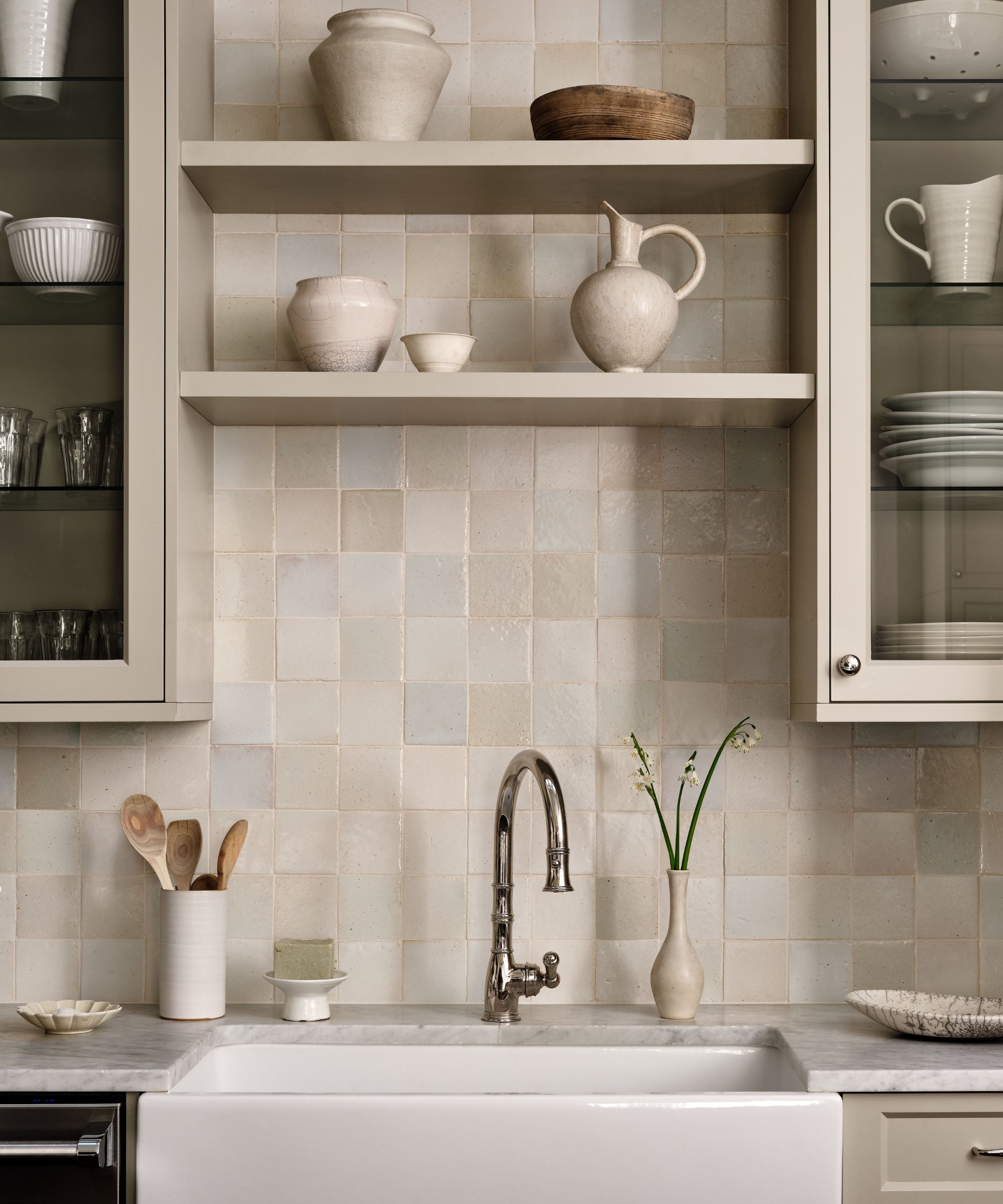
If you don’t clean your taps regularly, the best-case scenario is that they look bad and your water tastes slightly off. However, in the worst cases, it can make you and your family sick, warns Matt Kunz, president of Mr. Rooter Plumbing, a Neighborly company. Everything from skin conditions, gastrointestinal problems, diseases, and even some neurological disorders have been traced back to drinking from unclean faucets at home, he shares.
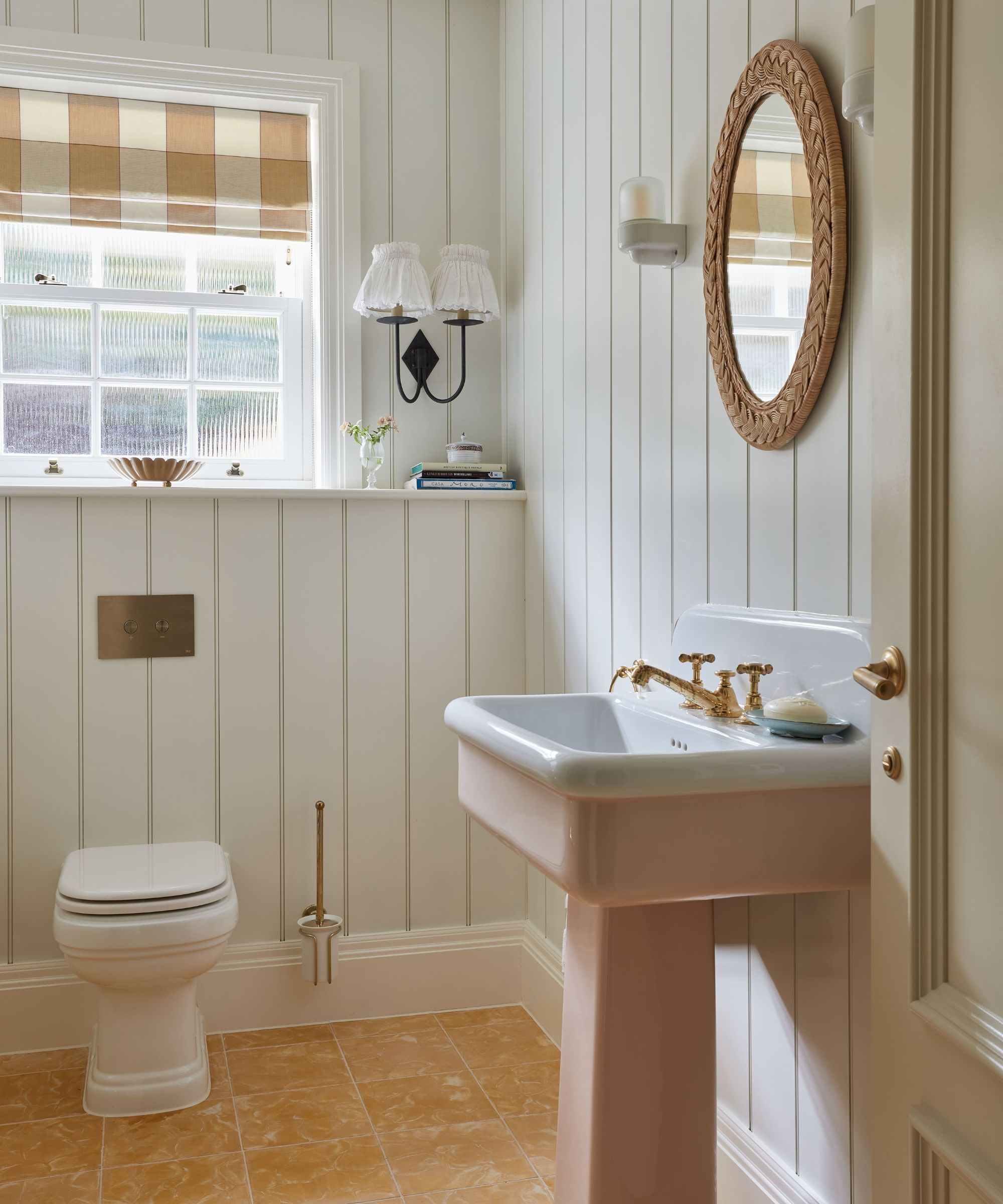
Neglecting to clean your faucets does more than simply affect the water's taste and smell, continues Josh Mitchell, plumbing technician and owner of Plumbing Lab.
‘In some cases, it can also lead to reduced water flow or damage to the tap mechanism as mineral deposits and sediment can accumulate over time, resulting in clogged or inefficient water flow meaning it is vital you learn to remove limescale from taps before it builds up. Regular cleaning not only maintains the aesthetics of your faucets but also ensures the continued functionality and safety of your water supply.’
Signs you need to clean your faucets
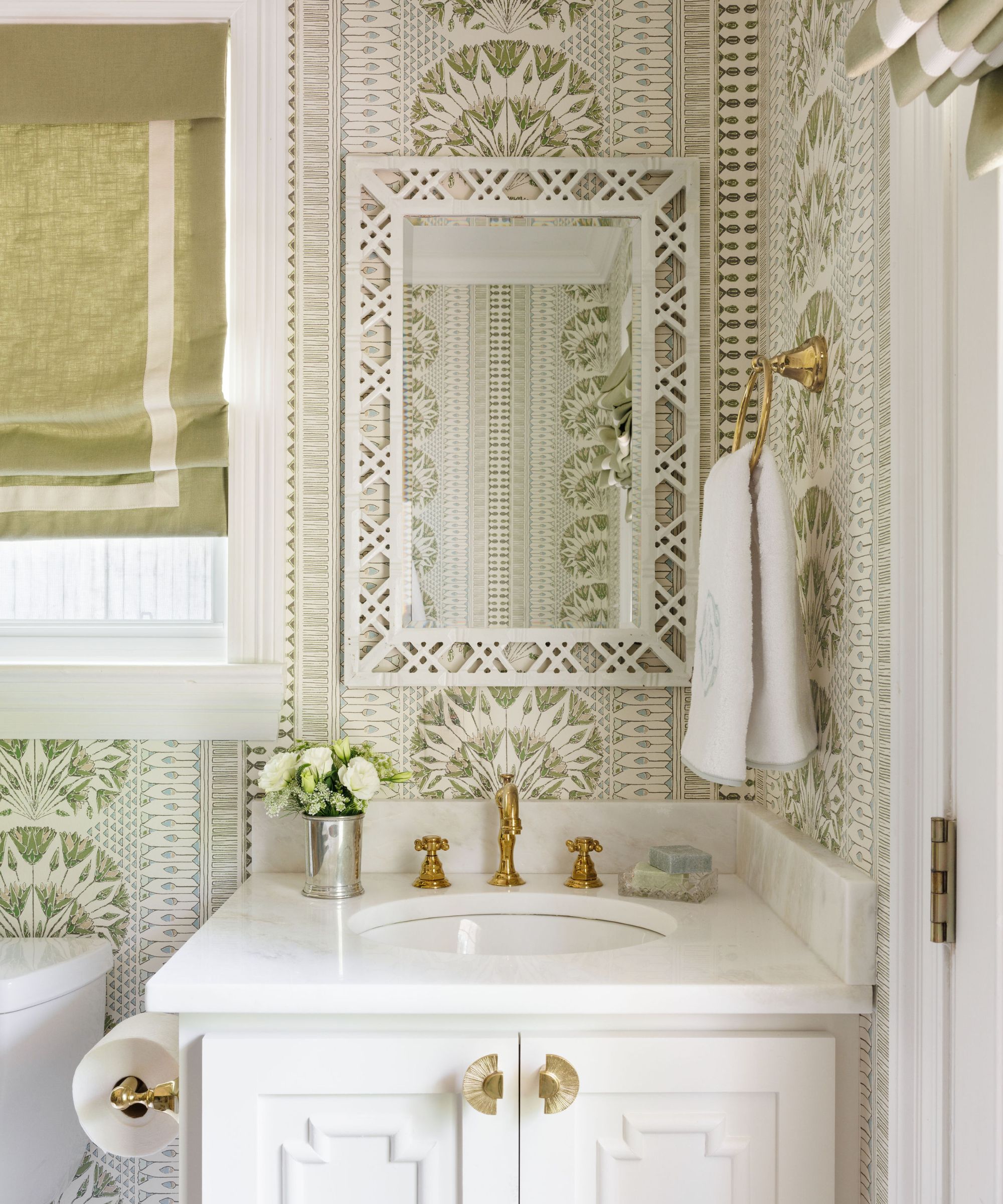
So, how do you know if your faucets are affected? Matt Kunz, president of Mr. Rooter Plumbing suggests that there are a few key signs:
‘Homeowners should be on the lookout for sediment in the water, which can include algae, silt, clay, and iron, among others. A professional can test for water impurities and water filters can help keep water clear and clean. Hard water is also something to check for. Hard water can cause skin irritations, dry hair, and rashes. It can also clog toilets and pipes.
‘If your water is cloudy but clears after pouring, then air bubbles are likely to blame. Air bubbles arise when air gets trapped in pipes and can be caused by increased water pressure or recent plumbing work.’
Arm & Hammer Pure Baking Soda, 4 lb | $2.73 at Walmart
Cleaning with baking soda is an easy, eco-friendly way to get a sparkling clean, fresh-smelling home, so it's a good idea to keep some in your utility cupboard.
A good rule of thumb is to clean your faucets every time you clean your sinks – be it cleaning bathroom sinks, utility rooms, or kitchens. It is also a good idea to only drink from taps in your home, not places like showerheads or yard faucets (although we are not too sure why you would want to try this anyway).
Using an old toothbrush and cleaning with baking soda mixed with water into a paste will help remove any nasties without adding chemicals.
FAQs
Are there any faucets you shouldn't drink from in your house?
‘Typically, it’s advised not to drink water from faucets in places like the bathroom or a utility sink, even if they are regularly cleaned,’ explains Josh Mitchell, plumbing technician and owner of Plumbing Lab. ‘These faucets are often not connected to the same, more filtered water supply as the kitchen and may carry different bacteria due to their proximity to contaminants and less frequent use for drinking purposes.’
All of this is not to say that the water coming into your home is inherently contaminated or dirty. Nine times out of ten, it is perfectly clean, with rare external events sometimes affecting the quality. More often than not, your water supplier will inform you of this. This is just about the actual water outlet in your home that you might knock, or splash contaminants onto when washing your hands or the dishes.
If you do want to invest in some healthy home upgrades to improve your well-being, however, having a water filter never hurts so long as you remember to change the filter out regularly.
Sign up to the Homes & Gardens newsletter
Design expertise in your inbox – from inspiring decorating ideas and beautiful celebrity homes to practical gardening advice and shopping round-ups.

Chiana has been at Homes & Gardens for two years and is our resident 'queen' of non-toxic living. She spends most of her time producing content for the Solved section of the website, helping readers get the most out of their homes through clever decluttering, cleaning, and tidying tips. She was named one of Fixr's top home improvement journalists in 2024.
-
 Kylie Jenner, Tommy Hilfiger, and Lenny Kravitz transform their homes with prints – the London Original Print Fair Director has a method that makes their look 'accessible and affordable' in your home
Kylie Jenner, Tommy Hilfiger, and Lenny Kravitz transform their homes with prints – the London Original Print Fair Director has a method that makes their look 'accessible and affordable' in your homeCelebrities from the Kardashians to Lenny Kravitz decorate their homes with prints by famous artists, and it's easier to recreate than you might expect
By Sophie Edwards
-
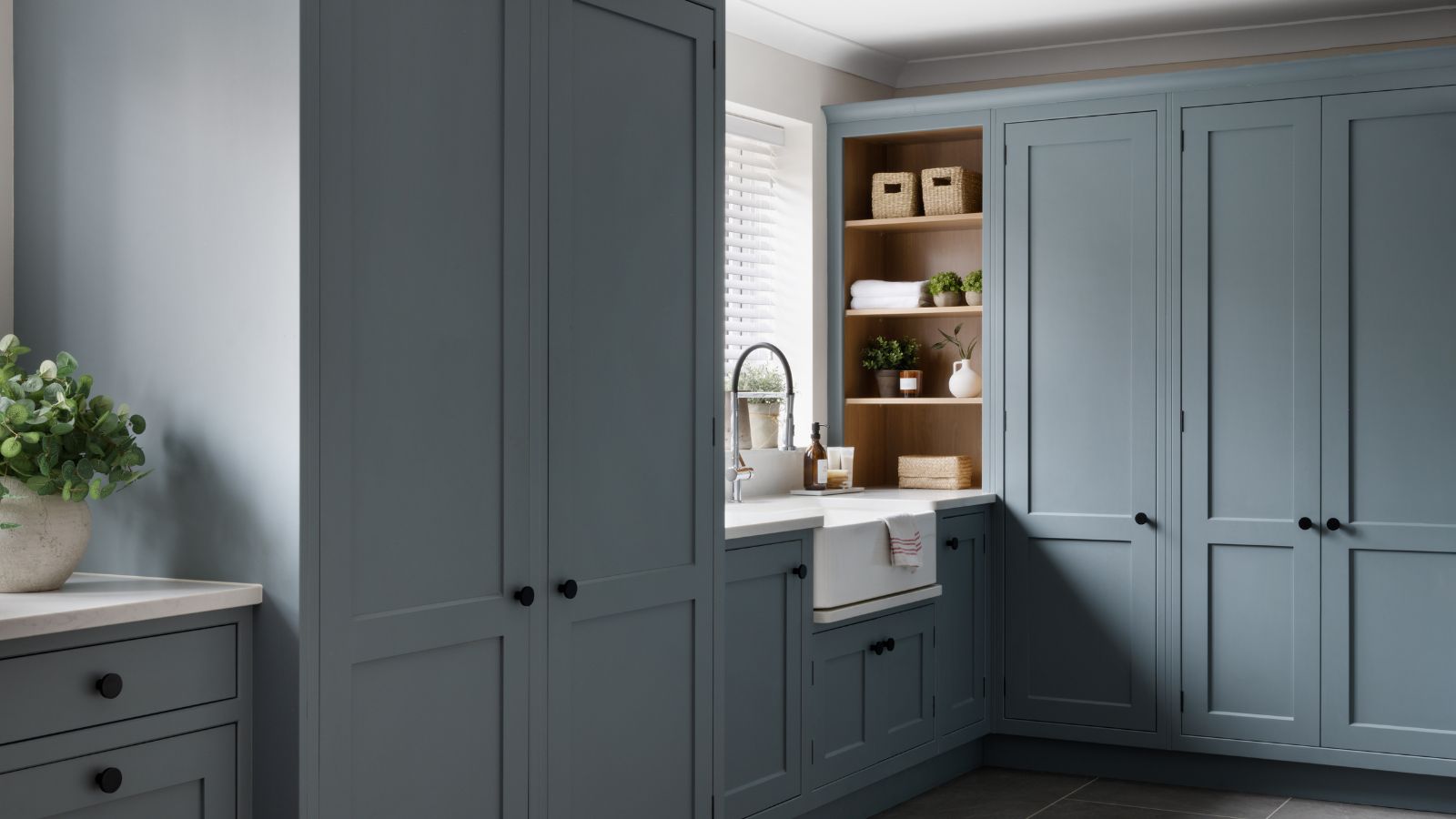 ‘Completion days’ are the answer to laundry doom piles, pro organizer claims – here’s how this hack can instantly stop fresh laundry from piling up once and for all
‘Completion days’ are the answer to laundry doom piles, pro organizer claims – here’s how this hack can instantly stop fresh laundry from piling up once and for allStay on top of your laundry with the 'Completion days' method
By Chiana Dickson
